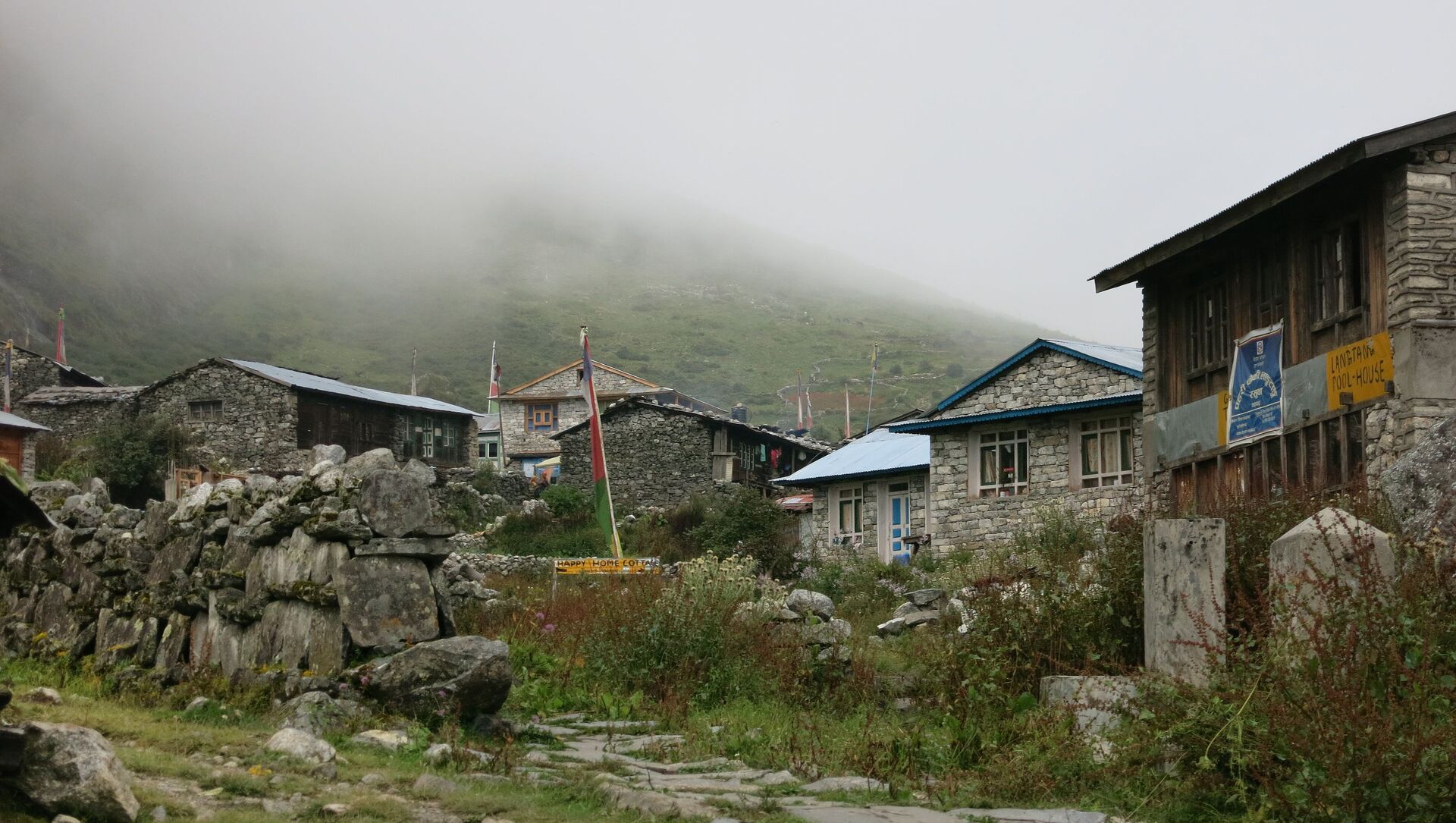China’s State Council Information Office has published a white paper outlining how the socialist country can teach the rest of the world about how to alleviate poverty. In the last 40 years, China has lifted 770 million people out of poverty, declaring an end to its most extreme forms in November.
Titled "Poverty Alleviation: China's Experience and Contribution,” the Tuesday document lays out some of the ways China’s decades-long struggle can help other parts of the globe. The paper makes special note that 2021 is the 100th anniversary of the founding of the Communist Party of China, which “has united and led the Chinese people in the battle against poverty with unwavering faith and will over the past century.”
The paper has five sections, titled "The Solemn Commitment of the CPC," "Final Victory in the Fight against Extreme Poverty," "The Strategy of Targeted Poverty Alleviation," "Exploring a New Path of Poverty Alleviation" and "A Global Community of Shared Future Free from Poverty,” respectively.
According to Song Guiwu, a professor at the Gansu Provincial Party School, which the Global Times notes faced some of the greatest challenges in the poverty alleviation campaign, the CPC’s organizational capacity and the socialist economic system provided a ready-made structure for efficient decision-making and the pooling of resources for a large project. Meanwhile, its centralized structure helped ensure sufficient financial backing as well as a standardized system of procedures to make projects run smoothly.
Hong Tianyun, deputy head of China's newly established National Administration for Rural Vitalization, told reporters Tuesday the process involves assessing the poverty threshold and ensuring people’s annual income reaches it, along with meeting all the basic needs of food, clothing, housing, basic medical care and compulsory education. The cutoff, Hong notes, is $610 per year, which is higher than the World Bank’s definition of extreme poverty and equal to the United Nations Sustainable Development Agenda’s goal.
One of the major resources China has to offer the world now is the Belt and Road Initiative, a massive infrastructure megaproject heavily financed by the Chinese government. According to a World Bank study published in 2018, the program will help lift 7.6 million people out of extreme poverty and 32 out of moderate poverty in partnering countries.
Extreme Poverty Eliminated
In November, Chinese President Xi Jinping declared “complete victory” in the 40-year drive to eliminate absolute poverty in China, with an average of 10 million people being lifted up per year for the last decade. According to Xinhua News Agency, over the last 40 years, the country has lifted 770 million people out of poverty, more than 70% of the global total during that time.
The goal comes nearly a full decade ahead of the UN’s 2030 Agenda for Sustainable Development.
As a result, the government is expected to declare achievement of a key victory later this year: creating a “moderately prosperous society in all respects,” which is a milestone on its goal of building "a modern socialist country that is prosperous, strong, democratic, culturally advanced and harmonious” by 2049, the centenary of the socialist revolution that founded the People’s Republic of China.
Zhang Xixian, a professor at the Party School of the Central Committee of the CPC, told the Global Times in November that the country’s drive toward poverty alleviation was rooted in the two periods of history when the Chinese revolution had to build a mass base among the rural poor, first in the Jinggangshan mountains and then again at Yan’an in northern Shaanxi Province after the Long March. Together, they “form CPC's spiritual pedigree, becoming prominent features of the CPC and part of China's soft power."


